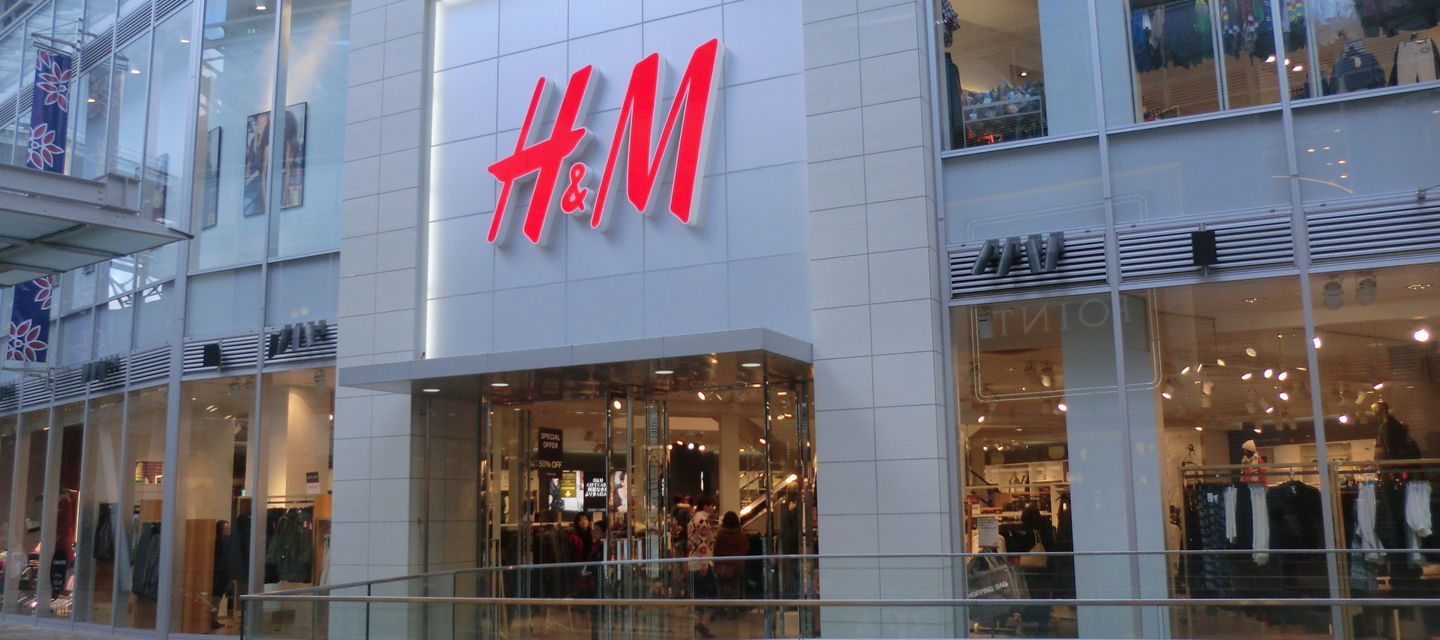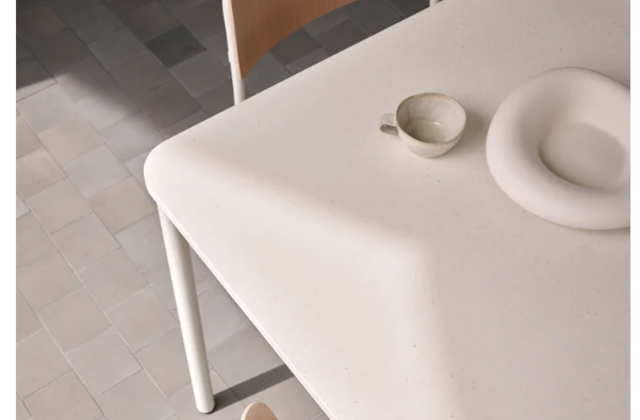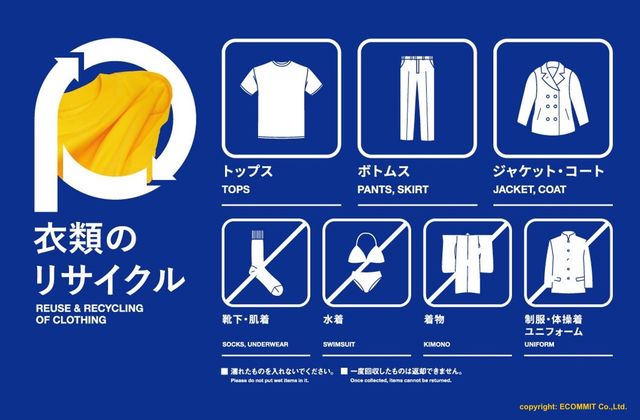Fashion, clothing and textiles
What is it? “Looop” is a new in-store recycling initiative being piloted by H&M. It is a garment-to-garment recycling system, designed to incentivize customers to recycle their old clothes (H&M 2020b, c). Although some sustainably sourced virgin materials must be added to strengthen the yarn, the system transforms old clothing into new ones, while not using any water or chemicals (H&M, 2020a).
Why is this important? Recycling rates in the fashion industry are low. Higher recycling rates can – theoretically – decouple fashion from virgin material inputs. This is important, because the clothing industry is one of the most polluting industries. It is responsible for around 10% of total global greenhouse gas emissions (more than the shipping and international aviation industries combined) (Niinimäki et al, 2020). Conventional (non-organic) cotton production is a vast consumer of water and pesticides. 20,000 liters of water are required to produce 1 kg of cotton (WWF, 2020). Polyester and nylon are made of manmade materials consuming energy and resources. Further, when these fossil-fuel based fibres break down, they can release large amounts of micro-plastics into the environment (De Falco et al., 2019). Clothing is a massive source of obsolescence and waste. The Ellen MacArthur Foundation (2017) estimates that “USD 500 billion value is lost every year due to clothing being barely worn and rarely recycled”.
Main resource strategy: Closing the loop by recycling fibres from old clothing and textiles to make new garments.
Business model aspects:
- Value Proposition: New value for old clothes.
- Value Creation & Delivery: Customers can bring in their old garments to the store and have them made into new ones. The Looop recycling system, first cleans and disassembles old garments, then spins new yarn and knits it into new items. The entire process takes 5 hours and is visible to customers. Currently, customers can choose between a sweater, scarf or a baby blanket as the final products (H&M, 2020d).
- Value Capture: For a fee of €10 – €15, customers can have their clothes transformed into a new item (H&M, 2020d).
Business model experimentation practices: Initial pilot in Stockholm store.
Sustainability outcomes: No reported data available yet. The initiative is currently in its pilot stage and was launched on 12th October 2020, at the Drottninggatan store in Stockholm, Sweden (Parija, 2020).
Sources:
De Falco, F., Di Pace, E., Cocca, M., & Avella, M. (2019). The contribution of washing processes of synthetic clothes to microplastic pollution. Scientific Reports, 9(1). https://doi.org/10.1038/s41598-019-43023-x
Ellen MacArthur Foundation. (2017). A new textiles economy: Redesigning fashion’s future. Accessed 7 December 2020 at: https://www.ellenmacarthurfoundation.org/our-work/activities/make-fashion-circular/report
H&M. (2020a). H&M Group Sustainability Performance Report 2019. URL: https://hmgroup.com/content/dam/hmgroup/groupsite/documents/masterlanguage/CSR/reports/2019_Sustainability_report/H%26M%20Group%20Sustainability%20Performance%20Report%202019.pdf
H&M. (2020b). Let’s close the loop. Accessed 18 November 2020 at: https://www2.hm.com/en_gb/hm-sustainability/lets-change.html/close-the-loop
H&M. (2020c). Magazine: From old to new with Looop. Accessed 18 November 2020 at: https://www2.hm.com/sv_se/life/culture/inside-h-m/meet-the-machine-turning-old-into-new.html
H&M. (2020d). News Article: Recycling system ’Looop’ helps H&M transform unwanted garments into new fashion favourites. Accessed 18 November 2020 at: https://about.hm.com/news/general-news-2020/recycling-system--looop--helps-h-m-transform-unwanted-garments-i.html
Kavilanz, Parija. (2020). H&M will let people convert old clothing items into new ones at Stockholm store. CNN Business. URL: https://edition.cnn.com/2020/10/08/business/hm-clothing-recycling/index.html
Niinimäki, Kirsi; Peters, Greg; Dahlbo, Helena; Perry, Patsy; Rissanen, Timo; and Gwilt, Alison. (2020). The environmental price of fast fashion. Nature Reviews Earth & Environment. 1. 189-200. DOI: 10.1038/s43017-020-0039-9
WWF. (2020). Cotton | Industries | WWF. World Wildlife Fund. Accessed 1 December 2020 at: https://www.worldwildlife.org/industries/cotton
***
About project Circular X
Project Circular X is about ‘Experimentation with Circular Service Business Models’. It is an ambitious research project funded by the European Research Council (ERC) which supports top researchers from anywhere in the world. Project CIRCULAR X runs from 2020-2025. The project is led by Principal Investigator (PI) Prof Dr Nancy Bocken, who is joined by a multidisciplinary team of researchers at Maastricht Sustainability Institute (MSI), Maastricht School of Business and Economics, Maastricht University. The project cooperates with businesses who want to innovate towards the circular economy.
Project Circular X addresses a new and urgent issue: experimentation with circular service business models (CSBMs). Examples of such new business models include companies shifting from selling products to selling services and introducing lifelong warrantees to extend product lifetimes. However, CSBMs are far from mainstream and research focused on experimentation is little understood. The research aims to conduct interdisciplinary research with 4 objectives:
- Advancing understanding of CSBMs; their emergence and impacts
- Advancing knowledge on CSBM experimentation
- Developing CSBM experimentation tools
- Designing and deploying CSBM experimentation labs
Funding source
This project has received funding from the European Research Council (ERC) under the European Union’s Horizon 2020 research and innovation programme, grant agreement No. 850159.
Using this information
When you cite this publication, please use the following source:
Circular X. (2021) Case study: H&M “Looop” Initiative. Accessed from www.circularx.eu



